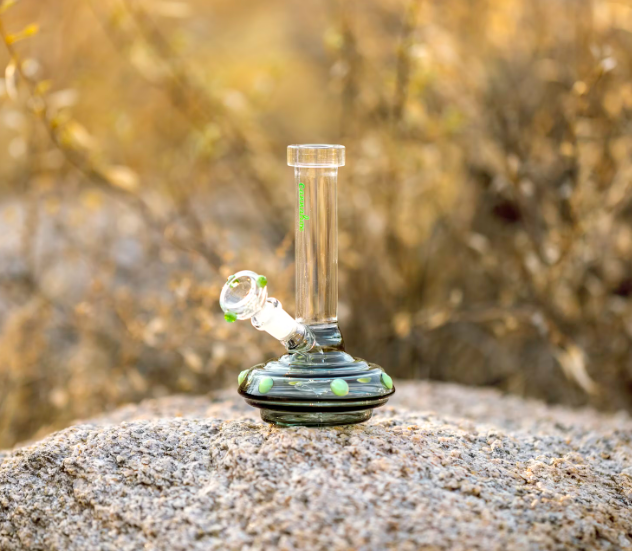Glassblowing, a captivating and intricate craft, has been mesmerising observers for centuries. The process, a blend of art and science, involves shaping molten glass into various forms, one of which includes high-quality Australian glass pipes. While often associated with practical and decorative items, glassblowing is also an integral part of creating glass pipes, a niche yet thriving aspect of the art.
A Brief History of Glassblowing
The origins of glassblowing date back to the 1st century BCE in the Syro-Palestinian region. Initially, glass was a luxury item, but with the advent of glassblowing, it became more accessible. Historical records suggest that Roman glassblowers were among the first to craft intricate glass pipes, setting the stage for future innovations.
Techniques and Tools
Glassblowing involves several techniques. The most common is ‘free blowing,’ where the glassblower uses a blowpipe to inflate molten glass into a bubble, shaping it with tools and subtle movements. Another method is ‘mould blowing,’ where the molten glass is blown into a carved mould, creating more precise and intricate designs. These techniques have evolved, but the essence remains unchanged, evident in the creation of modern glass pipes in Australia.
Modern Adaptations
Today, glassblowing has adopted new technologies and methods. Artists use a combination of ancient techniques and modern equipment to create pieces that range from functional to purely artistic. This adaptability has allowed the craft to flourish in contemporary art scenes globally, including Australia.
Glass Pipes: Combining Function and Art
Glass pipes, specifically, showcase the fusion of function and aesthetics. The creation of a glass pipe requires precision and creativity, as it must be both usable and visually appealing. Australian glassblowers have contributed significantly to this field, offering unique designs and high-quality craftsmanship.
Cultural Significance
Glassblowing holds cultural significance in many societies. It’s a craft that requires years of practice and dedication. In Australia, glassblowing studios and workshops not only serve as production sites but also as educational spaces, where the public can learn about the craft and its history.
Sustainability and Future Trends
With growing environmental concerns, glassblowing is also evolving to be more sustainable. The use of recycled glass and energy-efficient furnaces is becoming more common. This shift is crucial for the future of glassblowing, ensuring that this ancient craft continues with a reduced environmental impact.
The Joy of Glassblowing
For those interested in experiencing glassblowing firsthand, various studios across Australia offer workshops and demonstrations. These sessions provide a glimpse into the meticulous process of creating glass objects, including pipes. Participating in such a workshop can be a unique way to understand the skill and artistry behind every piece.
Conclusion
Glassblowing is a timeless craft that has adapted through the ages. From its ancient origins to modern adaptations, it remains a fascinating and intricate art form. In Australia, the craft is not only preserved but is also evolving, especially in the niche of glass pipes. This blend of historical techniques with modern innovation ensures that glassblowing will continue to be an integral and cherished part of cultural and artistic expressions.
For those interested in exploring more about the historical aspects of glassblowing, the article, “Exploring Ancient Glassblowing Techniques,” offers a detailed insight into the evolution of this captivating craft.

